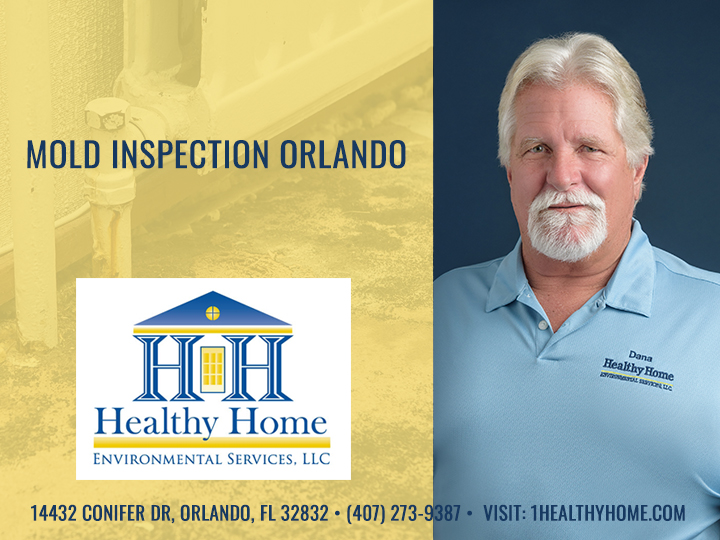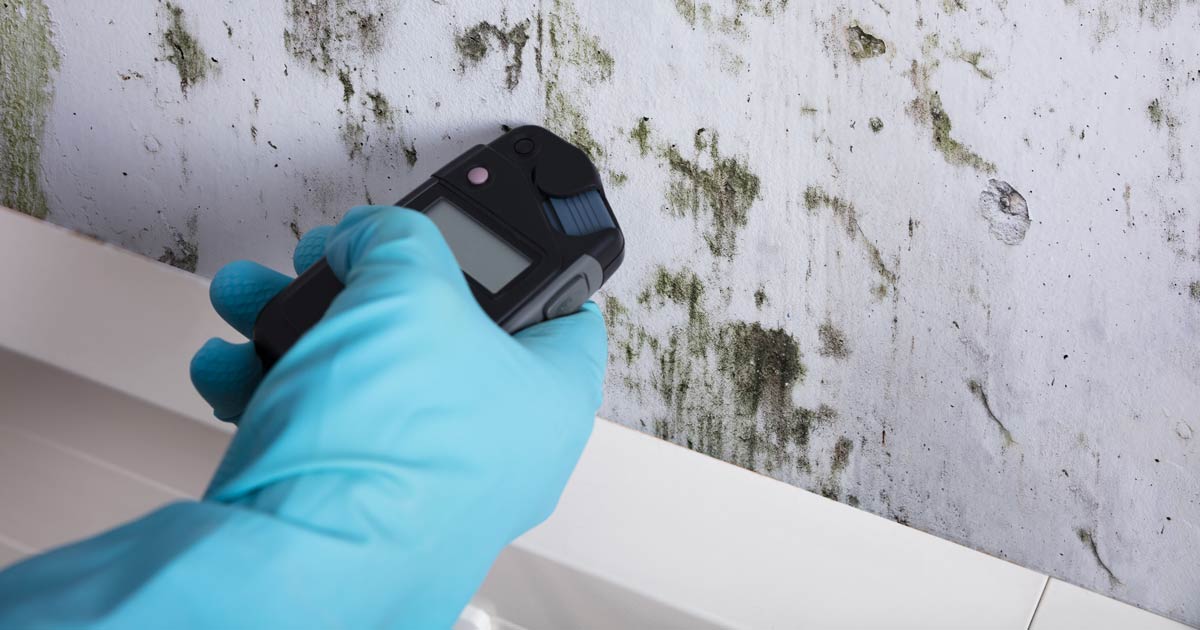Picking the Right Mycotoxin testing Services for Your Service
Picking the Right Mycotoxin testing Services for Your Service
Blog Article
Why Mycotoxin Testing Providers Are Necessary for Protecting Public Health
The relevance of mycotoxin screening solutions in protecting public health and wellness can not be overemphasized. Mycotoxins, toxic compounds created by fungis, posture serious health and wellness dangers such as liver damages and cancer cells when existing in food and feed. By identifying and reducing these dangers via normal testing, we can avoid polluted items from getting to customers. This not just ensures compliance with strict regulative criteria yet also boosts customer confidence and preserves the stability of the farming field. Recognizing the devices and benefits of these testing solutions opens up a critical conversation concerning their function in public health and wellness protection.
Comprehending Mycotoxins
Comprehending mycotoxins is important for ensuring food safety and security and shielding public health and wellness. Mycotoxins are harmful compounds generated by particular types of fungi, commonly located in food and feed crops.
The presence of mycotoxins in foods items can jeopardize their security and top quality. They are immune to traditional food processing techniques, therefore continuing the food supply chain and posing possible threats. Regulative bodies worldwide, such as the Food and Farming Organization (FAO) and the Globe Wellness Organization (THAT), have actually set rigorous limitations on appropriate levels of mycotoxins in food products to minimize their adverse impacts.
Reliable mycotoxin management includes comprehensive tracking and screening to spot and measure their degrees in agricultural products. This positive strategy helps in identifying polluted sets early, thus preventing their introduction into the market. Applying rigorous mycotoxin controls is important for maintaining food safety criteria and safeguarding consumer health.
Health And Wellness Dangers of Mycotoxins

Exposure to mycotoxins positions significant wellness threats to both people and animals, requiring alert monitoring and control measures. These poisonous second metabolites, created by certain fungis, can contaminate food and feed, resulting in chronic and acute wellness problems. In humans, mycotoxins such as ochratoxins, aflatoxins, and fumonisins can cause an array of unfavorable results, including liver damages, kidney toxicity, immune reductions, and even cancer causing impacts. Aflatoxins have been classified as Team 1 health hazards by the International Agency for Research Study on Cancer Cells (IARC), indicating a proven link to liver cancer cells.

Provided these extreme health effects, it is necessary to execute durable mycotoxin testing procedures. Exact detection and quantification of mycotoxins in food and feed are necessary to minimize health dangers and ensure public and animal safety and security.
Common Resources of Contamination

Along with grains, nuts such as pistachios, almonds, and peanuts are very susceptible to mycotoxin contamination. Aflatoxins, a powerful type of mycotoxin, are generally discovered in these nuts, particularly when storage problems are suboptimal. Dried fruits, consisting of raisins, apricots, and figs, additionally existing abundant premises for fungal development due to their high sugar web content and moisture-retaining properties.
Moreover, contamination is not limited to raw farming products. Refined foods, animal feeds, and dairy products can likewise have mycotoxins if the initial components were polluted. This expands the threat of exposure throughout the food supply chain, necessitating rigid tracking and control measures.
Understanding the typical sources of mycotoxin contamination is vital for implementing effective preventative techniques. Reducing these dangers at the resource can dramatically reduce the incidence of mycotoxin-related health issues, safeguarding public health.
Evaluating Protocols and methods
Advanced logical strategies are utilized to identify and evaluate mycotoxins in different substrates, making certain public wellness security. High-Performance Liquid Chromatography (HPLC) paired with mass spectrometry (MS) is a gold requirement in mycotoxin testing, supplying high sensitivity and specificity.
An additional commonly used approach is Enzyme-Linked Immunosorbent Assay (ELISA), which provides quick testing and is economical for large example volumes - Mycotoxin testing Services. ELISA packages are helpful due to their convenience of use and fast turn-around time, making them suitable for on-site screening
Sampling protocols are similarly vital. Correct sampling ensures that the gathered specimens are representative of the entire set, thereby lessening the danger of incorrect negatives or positives. Adherence to developed guidelines, such as those given by the International Organization for Standardization (ISO) and the European Committee for Standardization (CEN), is essential for maintaining uniformity and dependability throughout screening methods.
Rigorous validation of these approaches and methods is crucial. It ensures reproducibility and accuracy, consequently strengthening the honesty of mycotoxin management systems.

Benefits of Normal Evaluating
In the realm of food safety and security and agricultural quality assurance, the advantages of regular mycotoxin screening can not be overstated. Regular testing makes certain that agricultural products fulfill security standards, consequently securing consumers from the damaging results of mycotoxins, which consist of liver damage, immune reductions, and even cancer cells. By identifying polluted sets early, routine screening allows for prompt treatment, avoiding such products from going into the food web.
Furthermore, normal mycotoxin testing is essential for keeping the integrity and online reputation of food producers and vendors. Firms that commit to routine screening show their dedication to public health and wellness and food safety and security, thereby acquiring consumer trust fund and commitment. This proactive method can additionally minimize financial losses related to item remembers, lawful responsibilities, and potential trade limitations.
Furthermore, governing conformity is a significant aspect of the agricultural look what i found market. Routine mycotoxin testing makes sure adherence to global and nationwide standards, facilitating smooth trade operations and market access. This is especially important for merchants that need to satisfy rigid safety and security criteria enforced by importing nations. Eventually, routine mycotoxin testing not just shields public health yet also strengthens the financial security and international competition of the agricultural industry.
Verdict
Mycotoxin testing services play an essential role in public wellness security by identifying and mitigating the threats positioned by toxic fungal substances in food and feed. By finding contamination early, these services protect against severe health concerns such as liver damage and cancer cells, ensuring compliance with regulative standards. Normal testing boosts consumer trust fund, supports the honesty Read More Here of the agricultural market, and ultimately adds to the protecting of food safety and security and public health.
The relevance of mycotoxin testing services in guarding public health and wellness can not be overemphasized.Understanding mycotoxins is crucial for making sure food safety and security and safeguarding public wellness. Mycotoxin testing Services. Regulatory bodies worldwide, such as the Food and Agriculture Company (FAO) and the World Health And Wellness Company (THAT), have set rigorous limits on acceptable degrees of mycotoxins in food items to mitigate their unfavorable results
Inevitably, regular mycotoxin testing not just protects public health however additionally strengthens the economic stability and worldwide competition of the farming field.
Mycotoxin testing services Our site play an important duty in public wellness protection by identifying and reducing the dangers presented by poisonous fungal substances in food and feed.
Report this page